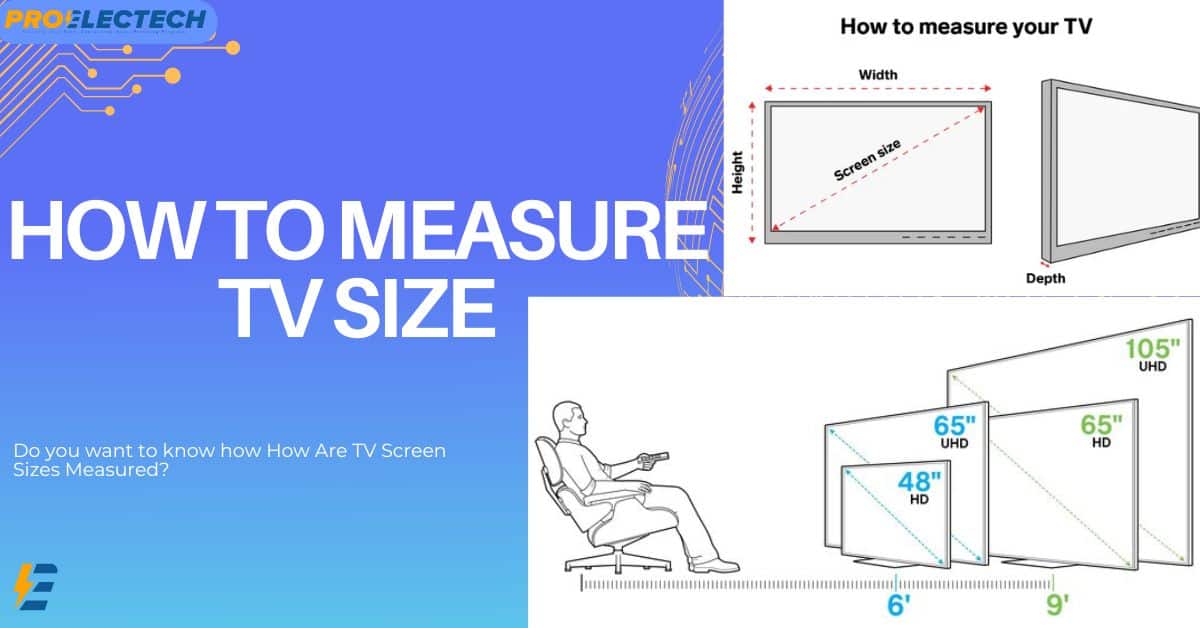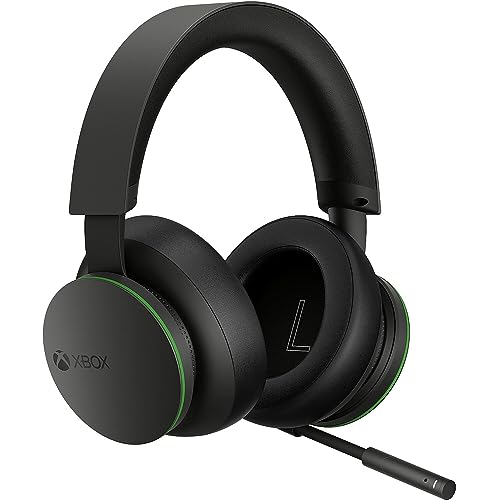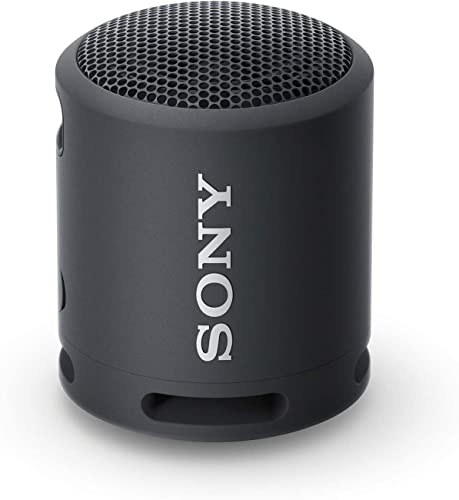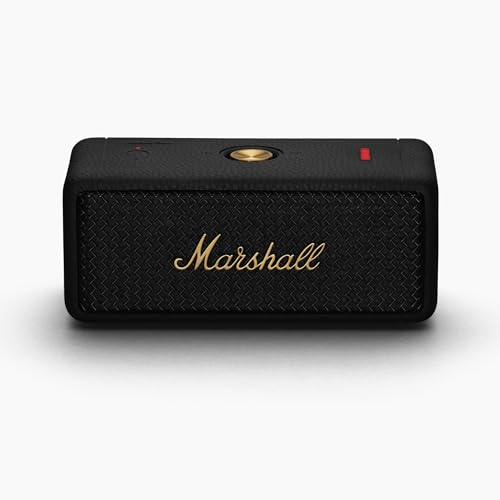Do you want to know how How Are TV Screen Size Measured?
When it comes to home entertainment, one of the most pivotal decisions you’ll make is selecting the right TV screen size. It’s not just a question of “how big,” but “how big should it be for my space and needs?” In this guide, we unpack the tape measure and lay out all you need to know about measuring TV screen sizes, ensuring your next cinematic adventure is just the right fit for your living room, bedroom, or home theatre.
Understanding TV Screen Measurements
Traditionally, when you see a TV advertised as a 55-inch screen, for instance, that measurement refers to the diagonal distance from one corner to the opposite corner of the screen. This means when you measure a TV, you’re not measuring horizontally or vertically, but across, from corner to corner. It’s a standard convention that’s been around since the early days of television sets. However, as technology has evolved and TV screens have changed shape, the way we measure them has also shifted slightly.
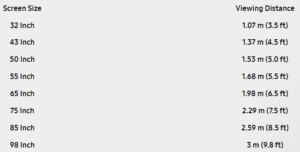
Credit: www.samsung.com
Modern TV Screen Measurements
While most modern TVs still use the traditional diagonal measurement method, there are a few other factors to consider when measuring for today’s advanced displays. For example, some TVs now come with curved screens that require a different approach to measuring. Instead of measuring from corner to corner, you’ll want to measure the height and width of the screen at its widest points. This will give you a more accurate understanding of the size and shape of your TV.
Another factor to consider is the aspect ratio of your TV screen. This refers to the proportional relationship between the width and height of the screen. Traditional TVs had an aspect ratio of 4:3, meaning for every four units of width there were three units of height. However, most modern TVs have an aspect ratio of 16:9, providing a wider and more cinematic viewing experience.

Determining the Right Size for Your Space
Now that you understand how TV screen sizes are measured, it’s important to determine the right size for your specific space and needs. This will depend on various factors such as the size of the room, viewing distance, and personal preferences.
For example, smaller rooms or spaces with limited viewing distance may benefit from a TV in the range of 32-50 inches. On the other hand, larger rooms or those with longer viewing distances may require a bigger screen in the range of 55-70 inches. It’s also important to consider the resolution of your TV, as well as your personal preferences for picture quality and overall viewing experience.
Aspect Ratio and Its Effect
The aspect ratio of a TV screen, typically described as 4:3 in older models and 16:9 in modern high-definition (HD) TVs, plays a vital role in how large the screen appears. It describes the width of the screen in relation to its height. For instance, a 16:9 ratio means that for every 16 units of width, there are 9 units of height.
This ratio is crucial when choosing a TV because it affects the total screen area, with wider aspect ratios offering more accessible screen area for the same diagonal measurement. This means that a 55-inch TV with a 16:9 aspect ratio will offer more screen area than a 55-inch TV with a 4:3 aspect ratio, providing you with a more immersive viewing experience.
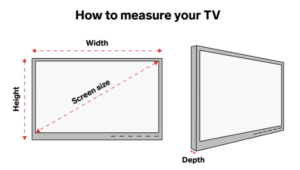
Final Tips on Measuring TV Screen Sizes
When it comes to measuring TV screen sizes, there are a few key takeaways to keep in mind. First, always measure diagonally from corner to corner for traditional flat screens. For curved screens, measure the height and width at their widest points. Next, consider the aspect ratio of your TV and how it will affect the overall screen area.
Finally, determine the right size for your specific space and needs by taking into account factors such as room size, viewing distance, and personal preferences. With these tips in mind, you’ll be sure to find the perfect TV screen size for your next home entertainment upgrade. Happy measuring!
If you’re still unsure about which TV screen size is right for you, don’t hesitate to consult a professional or ask for recommendations from friends and family who have already made their own TV purchases. Additionally, keep in mind that TV screen sizes are not the only factor to consider when choosing a new TV.
Other important aspects include resolution, refresh rate, and smart capabilities. By considering all these factors, you can ensure that your next TV is the perfect fit for your space and entertainment needs. So go ahead and start measuring – your next cinematic adventure awaits!
Choosing the Right TV Screen Size
Selecting the perfect TV size is a balancing act between the size of your room, the viewing distance, and your viewing preferences. A handy tip is to divide the viewing distance (in inches) by 1.5 to arrive at an ideal screen size. For example, if you’re sitting 72 inches away from your TV, a screen that is around 48 inches diagonal is suitable. However, this is just a general guideline and ultimately your personal preferences should take precedence in the decision-making process.
Remember, the right TV screen size will enhance your viewing experience and bring your favorite entertainment to life. So take the time to measure accurately and choose wisely for an unforgettable home theater experience.
In addition to considering the physical dimensions of your TV screen, it
Real-World Examples
- 32-inch TV for a Bedroom: Ideal for close-range viewing, a 32-inch screen is compact enough for tight spaces while offering enough screen real estate for personal enjoyment.
- 55-inch TV in the Living Room: For a shared space where families gather, a TV around 55 inches hits the sweet spot of being large enough for group viewing without overwhelming the room.
- 60-inch vs. 75-inch TV for Home Theater: Here, bigger often means better, with larger screens like 60-inch and 75-inch options providing a significantly more immersive experience, drawing you into the action onscreen.
- 40-inch vs. 50-inch Comparison: Upgrading from a 40-inch to a 50-inch might not seem like a huge bump, but you’re getting more than 20% additional screen area which enhances the viewing comfort considerably.
Common Misconceptions
One prevalent myth is that bigger is always better. The truth is, a screen that is too large for your space can lead to a less comfortable viewing experience, resulting in eye strain or the inability to see the entire image without moving your head. Conversely, a TV that’s too small may leave you squinting and missing out on the immersive experience you want from your favorite shows and movies.
It’s important to strike the right balance between screen size and viewing distance for optimal comfort and enjoyment.
Positive Statement:
Choosing the correct TV screen size, as highlighted in the guide, ensures an immersive and comfortable viewing experience, enriching your overall entertainment enjoyment with the right balance of screen measurements and room dynamics.
Negative Statement:
Despite the technological advancements in television models, the high cost associated with large OLED TVs, driven by their complex manufacturing process and superior image quality, remains a significant barrier for many consumers.
FAQ
How big is a 48 inch TV?
A 48-inch TV measures 48 inches diagonally from corner to corner. However, its width and height will vary by model, mainly due to the aspect ratio and bezel size.
What are the dimensions of a LG 48 inch TV?
The LG 48 inch TV, specifically the C1 OLED model, typically measures around 42.2 inches in width and 25.6 inches in height without the stand. Keep in mind that dimensions might vary slightly between different models and series.
How wide is 49 inch TV?
The width of a 49 inch TV generally ranges from 42.9 to 43.5 inches, depending on the bezel width and specific design of the model.
What are the dimensions of the LG C3 OLED 48 inch TV?
For the latest LG C3 OLED 48-inch model, exact dimensions might not be readily available but they are expected to be similar to previous models, such as the C1 and C2, with a width of around 42.2 inches and a height of 25.6 inches without the stand.
How far should you sit from a 48 inch OLED TV?
The ideal viewing distance for a 48 inch OLED TV is about 6 to 8 feet. This ensures a comfortable viewing experience without straining your eyes or losing details.
What is the largest size LG OLED TV?
As of the latest information available, the largest LG OLED TV is the 88-inch model, specifically part of the LG SIGNATURE OLED 8K lineup.
Is OLED better than QLED?
OLED TVs typically offer better contrast and black levels than QLED TVs. Since OLED pixels produce their own light, they can achieve true blacks by turning off completely. However, QLED TVs, powered by quantum dots, often have a brighter display, which can be an advantage in well-lit rooms.
What is the largest OLED TV in 2024?
Predictions for the largest OLED TV in 2024 suggest a trend towards even larger screens. However, as of the last update, the largest publicly known OLED TV measures at 88 inches.
Why are large OLED TVs so expensive?
Large OLED TVs are expensive due to the intricate manufacturing process of OLED panels, which requires high precision and yields lower production rates. Additionally, the superior image quality and contrast ratios of OLED technology contribute to the higher costs.
Are OLED TV prices going to drop?
Yes, OLED TV prices are expected to continue dropping gradually as manufacturing processes improve and become more cost-effective. However, the rate and extent of price reductions can vary based on market demand and advancements in technology.
Is there a big difference between 4K and OLED?
The main difference between 4K and OLED lies in the technology type; 4K describes a resolution (about 3840 x 2160 pixels), whereas OLED refers to a display technology where each pixel emits its own light. The two are not mutually exclusive; many OLED TVs are also 4K.
Is OLED much better than LED TV?
OLED TVs are generally considered superior to traditional LED TVs in terms of picture quality, offering better contrast levels, deeper blacks, and wider viewing angles. However, LED TVs often offer a brighter display and are typically more affordable.
Conclusion
Choosing the right TV screen size is critical for an optimized viewing experience. It’s about understanding both the physical measurements and the environmental factors of your viewing space. By following the tips outlined above and considering the examples provided, you can select a TV that offers the ideal combination of comfort, quality, and immersion for your entertainment needs.
Remember, while technology continues to evolve with multiple features and specifications to consider, the fundamental of screen size measurement remains a key factor in how we enjoy our content. Whether you’re a first-time buyer or looking to upgrade, make sure your choice measures up to your expectations, quite literally.
